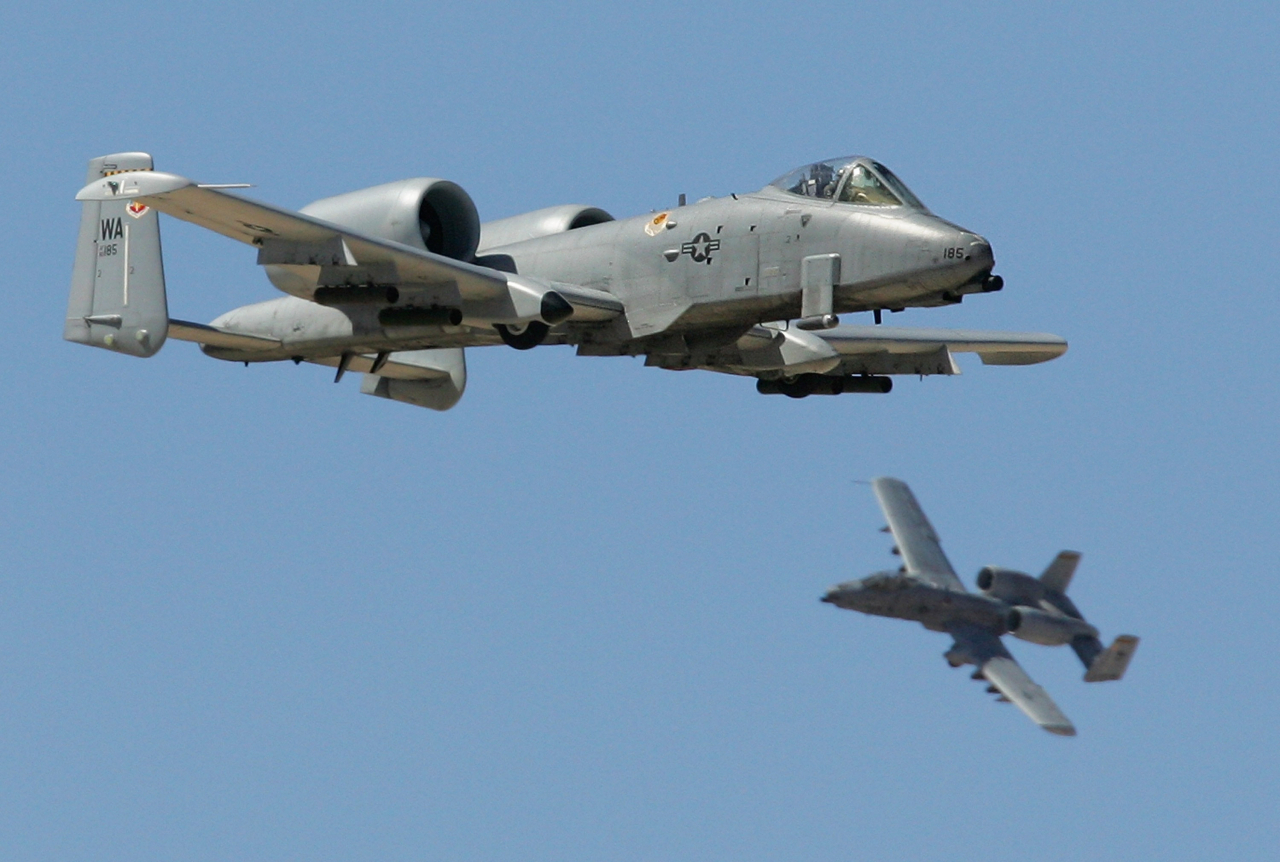
 |
| This undated photo file shows a pair of A-10 Thunderbolts. (Getty Images) |
The US military will decommission its aging fleet of A-10 Thunderbolt II attack aircraft stationed in South Korea by the fiscal year 2025 following a 42-year service, its Air Force said Tuesday, portraying the planned retirement as a transition to "cutting-edge" upgrades.
The decommissioning of the aircraft, noted for tank-busting skills in combat zones in Iraq and Afghanistan, comes as the US Air Force has been pushing for a military modernization initiative in the face of evolving security challenges from potential adversaries, like China.
The US Forces Korea currently has 24 A-10 aircraft. It is expected to start retiring the aircraft in January, according to an official.
"The US Air Force is set to complete a significant phase of its modernization strategy in fiscal year 2025," the Air Force said in a release. A fiscal year runs from Oct. 1 of one calendar year through Sept. 30 of the next.
"In key regions, including South Korea, it will transition away from its A-10 Thunderbolt II aircraft in favor of advancing fourth-generation fighter jet upgrades and enhancing fourth- and fifth-generation aircraft integration," it added.
The US military has been upgrading its F-16 fighter fleet, with the first upgraded jets having started flowing in last year. It has three fighter squadrons of F-16 jets in South Korea, with each squadron consisting of some 25 jets.
Having entered service in the 1970s, the legacy jet platform, nicknamed Warthogs, was designed for close air support for ground troops by engaging armored vehicles and tanks, and providing quick-action support against enemy ground forces, according to the Air Force. (Yonhap)









